The Fabric of India Opens at the V&A
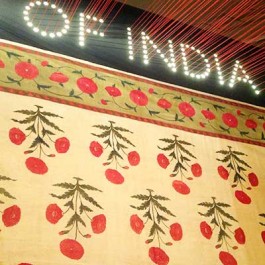
The Fabric of India Opens at the V&A
20 images
Two-hundred handmade textiles from India feature in this major exhibition co-curated by Rosemary Crill and Divia Patel, 3 October - 10 January 2016
- Installation view of The Fabric of India at the V&A
- Installation view of The Fabric of India at the V&A
- Installation view of The Fabric of India at the V&A
- Tipu Sultan’s tent, late Mughal (1725 – 1750), cotton chintz, National Trust Images
- Set of chintz bed-hangings, Coromandel Coast, Andhra Pradesh, for export to Europe, ca.1700. Cotton, hand-drawn outlines, mordant- and resist-dyed, 2.67 x 2.10 x 1.20 m (8′ 9″ x 6′ 11″ x 3′ 11″). Museum für angewandte Kunst, Vienna, T 9073
- Floor spread (detail), Coromandel Coast, 1630-1640, hand drawn mordant and resist dyed, V&A IM.160-1929
- Marhabharata hanging (detail), showing the battle climax from the epic poem, cotton embroidered with floss silk and metal thread, Chamba, Himachal Pradesh, circa 1800, V&A
- Installation view of The Fabric of India at the V&A
- Installation view of The Fabric of India at the V&A
- Armenian commissioned curtain or hanging, Coromandel Coast, 1760 – 1780, cotton, hand drawn and mordant dyed, V&A
- Lotus hanging, used in Tibet probably in a Buddhist temple, 1500 – 1550, silk lampas weave, probably Gujarat V&A
- Wall hanging ‘bhitiya’ (detail), Saurashtra, Gujarart, 1920 – 1940, cotton with applique silk and cotton, found on a New York sidewalk in the 1990s
- Installation view of The Fabric of India at the V&A
- Woollen tie-dyed twill weave coat, Ladakh, Jammu and Kashmir, 1900 – 1950, Karun Thakar Collection London
- Indigo dyed cottons, 19th century, V&A
- Larhariya dyed turban cloth (detail), Rajasthan, circa 1855
- Installation view of The Fabric of India at the V&A
- Baluchar sari (pallu detail), circa 1855, Bahadurpur, Murshidabad, West Bengal, V&A 6102 (IS)
- Installation view of The Fabric of India at the V&A
- Royal Mughal tent hanging, Gujarat, circa 1650, silk lampas weave
The long-awaited showcase for Indian textiles opens this Saturday, 3 October, at the Victoria and Albert Museum, London. ‘The Fabric of India’ is the first exhibition to ‘fully explore the incomparably rich world of handmade textiles from India’. It offers the co-curators, Rosemary Crill and Divia Patel, the opportunity to present 200 objects, made up of items from the museum’s own extraordinary collection and pieces on loan from other institutions.

Artfully conceived, the show leads viewers through a series of six distinct sections accompanied by a relaxing and unobtrusive soundscape, especially composed for the space by Jason Singh. Several impressive large-scale textiles have been displayed as they were made to be used, including a set of chintz bed-hangings from the Coromandel Coast, an appliqué wall hanging found abandoned on the streets of New York in the 1990s and the interior panels of Tipu Sultan’s 16th-century tent – usually on partial show at Powys Castle, Wales.

Viewers are introduced to the raw materials that have contributed to India’s long history of producing textiles in high demand. The stylistic nuances arising out of complex global trade networks are explored, the splendour of court workshops is celebrated to great effect, the sacred attribution to Indian textiles by multiple faiths is represented, and the political story of khadi cloth and industrialisation tops off the antique sections before contemporary Indian fibre art and fashion are found in the last two rooms.
The rare and welcome chance to encounter such an array of historic textiles is supported by conservators at the V&A who have painstakingly ensured that each and every piece on show has been prepared for the demands of display. A catalogue accompanies the exhibition, and an account of the craftsmanship and regional variety demonstrated in ‘The Fabric of India’, written by Rosemary Crill, will feature in HALI 185.
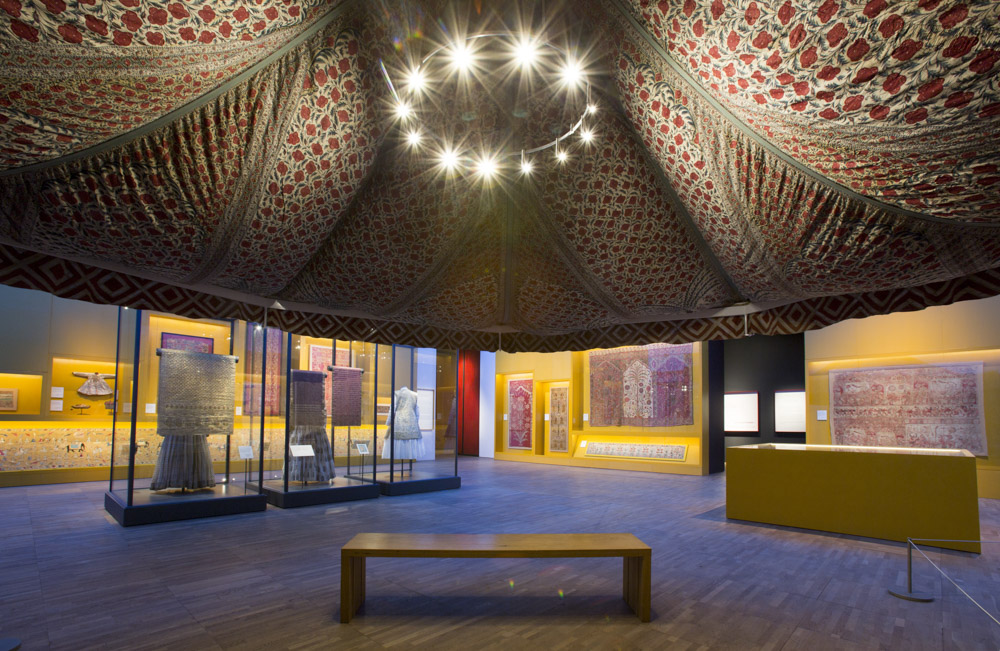




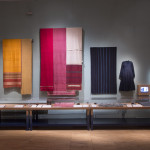
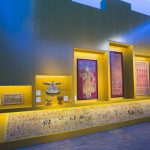
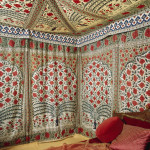
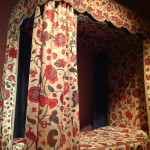
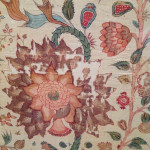
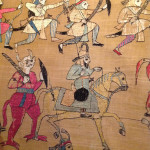
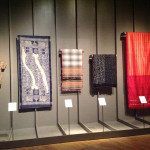
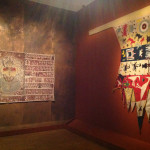
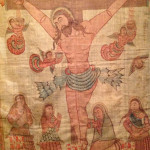
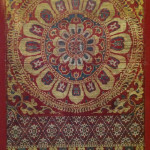


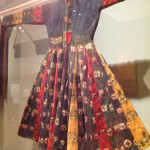
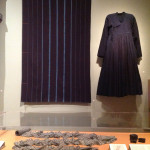
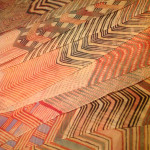

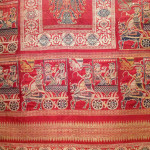
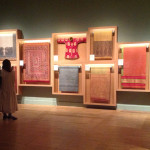

























Comments [0] Sign in to comment